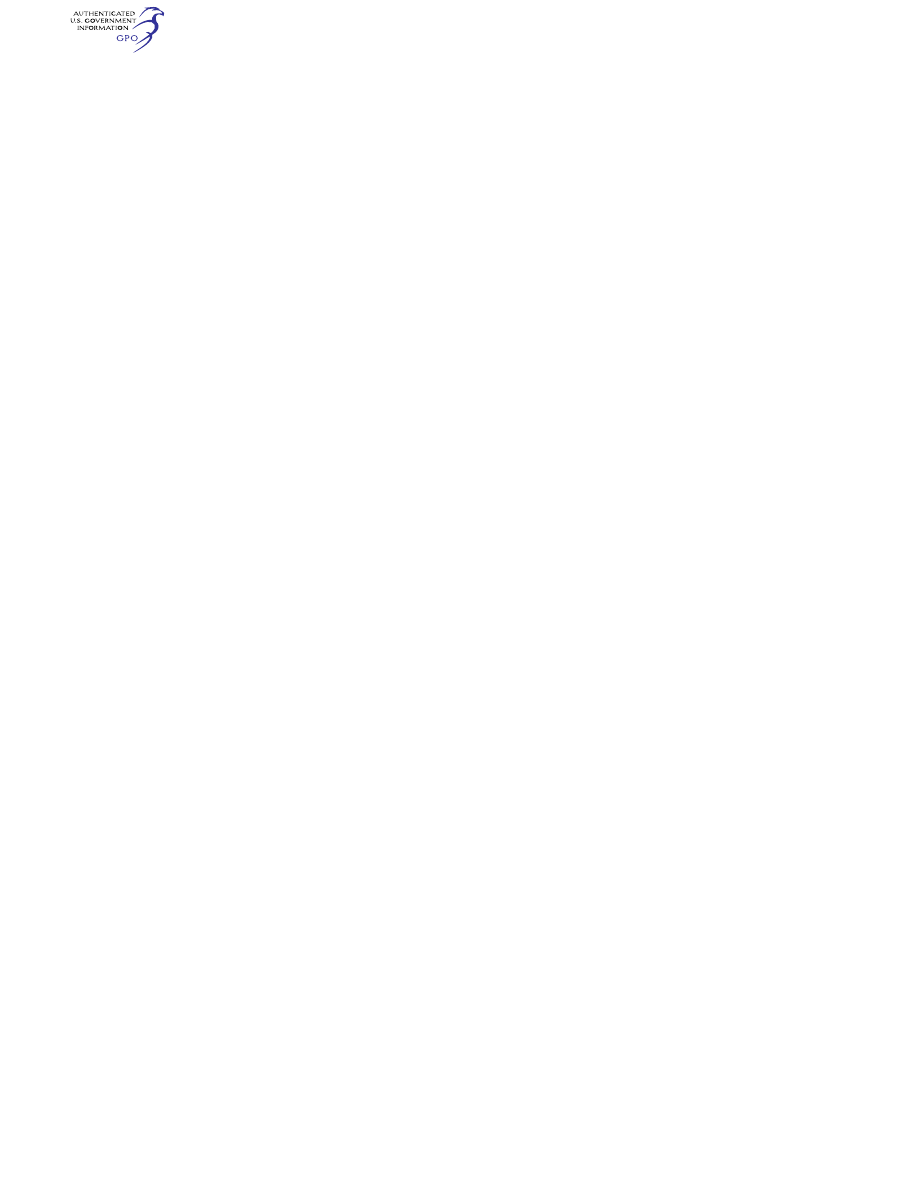
591
Federal Aviation Administration, DOT
§ 29.481
G
ROUND
L
OADS
§ 29.471
General.
(a)
Loads and equilibrium. For limit
ground loads—
(1) The limit ground loads obtained
in the landing conditions in this part
must be considered to be external loads
that would occur in the rotorcraft
structure if it were acting as a rigid
body; and
(2) In each specified landing condi-
tion, the external loads must be placed
in equilibrium with linear and angular
inertia loads in a rational or conserv-
ative manner.
(b)
Critical centers of gravity. The crit-
ical centers of gravity within the range
for which certification is requested
must be selected so that the maximum
design loads are obtained in each land-
ing gear element.
§ 29.473
Ground loading conditions
and assumptions.
(a) For specified landing conditions,
a design maximum weight must be
used that is not less than the max-
imum weight. A rotor lift may be as-
sumed to act through the center of
gravity throughout the landing impact.
This lift may not exceed two-thirds of
the design maximum weight.
(b) Unless otherwise prescribed, for
each specified landing condition, the
rotorcraft must be designed for a limit
load factor of not less than the limit
inertia load factor substantiated under
§ 29.725.
(c) Triggering or actuating devices
for additional or supplementary energy
absorption may not fail under loads es-
tablished in the tests prescribed in
§§ 29.725 and 29.727, but the factor of
safety prescribed in § 29.303 need not be
used.
[Amdt. 29–3, 33 FR 966, Jan. 26, 1968]
§ 29.475
Tires and shock absorbers.
Unless otherwise prescribed, for each
specified landing condition, the tires
must be assumed to be in their static
position and the shock absorbers to be
in their most critical position.
§ 29.477
Landing gear arrangement.
Sections 29.235, 29.479 through 29.485,
and 29.493 apply to landing gear with
two wheels aft, and one or more wheels
forward, of the center of gravity.
§ 29.479
Level landing conditions.
(a)
Attitudes. Under each of the load-
ing conditions prescribed in paragraph
(b) of this section, the rotorcraft is as-
sumed to be in each of the following
level landing attitudes:
(1) An attitude in which each wheel
contacts the ground simultaneously.
(2) An attitude in which the aft
wheels contact the ground with the for-
ward wheels just clear of the ground.
(b)
Loading conditions. The rotorcraft
must be designed for the following
landing loading conditions:
(1) Vertical loads applied under
§ 29.471.
(2) The loads resulting from a com-
bination of the loads applied under
paragraph (b)(1) of this section with
drag loads at each wheel of not less
than 25 percent of the vertical load at
that wheel.
(3) The vertical load at the instant of
peak drag load combined with a drag
component simulating the forces re-
quired to accelerate the wheel rolling
assembly up to the specified ground
speed, with—
(i) The ground speed for determina-
tion of the spin-up loads being at least
75 percent of the optimum forward
flight speed for minimum rate of de-
scent in autorotation; and
(ii) The loading conditions of para-
graph (b) applied to the landing gear
and its attaching structure only.
(4) If there are two wheels forward, a
distribution of the loads applied to
those wheels under paragraphs (b)(1)
and (2) of this section in a ratio of
40:60.
(c)
Pitching moments. Pitching mo-
ments are assumed to be resisted by—
(1) In the case of the attitude in para-
graph (a)(1) of this section, the forward
landing gear; and
(2) In the case of the attitude in para-
graph (a)(2) of this section, the angular
inertia forces.
§ 29.481
Tail-down landing conditions.
(a) The rotorcraft is assumed to be in
the maximum nose-up attitude allow-
ing ground clearance by each part of
the rotorcraft.
VerDate Sep<11>2014
09:06 Jun 28, 2024
Jkt 262046
PO 00000
Frm 00601
Fmt 8010
Sfmt 8010
Y:\SGML\262046.XXX
262046
jspears on DSK121TN23PROD with CFR